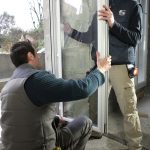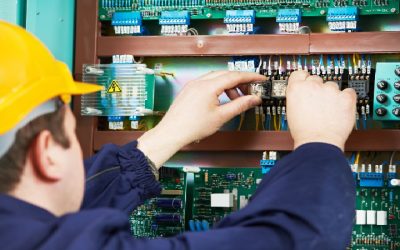When printed circuits were first developed years ago, it represented a major innovation in electrical and electronic technology. In fact, early circuit boards were made from wood with brass wiring and this made it possible to miniaturize circuits for inventions like the gramophone. For a long time, printed circuit boards were rigid and this limited their applications. Today, flexible printed circuit boards are being used in many applications, making our life more convenient and bringing forth new and exciting technologies.
Benefits of Flexible Printed Circuit Boards
Thanks to new technology, printed circuit boards (PCB) can be made much thinner than in the past. This produces electronics with a much smaller profile, and is the reason for the “thinness” in devices like smart phones and laptop computers. Here are some of the benefits these things provide.
Design Flexibility
With rigid PCBs you are limited on what you can create. However, flexible PCBs make it possible to produce a wide range of electronic products which were not possible before. The only limit is the imagination.
Lower Operating Temperatures
Modern flexible printed circuit boards are made thin and this increases airflow capacity. Heat buildup is not much of a problem. In fact, with some applications, there is no longer the need to use cooling fans and this helps to lower costs and produce a lighter product. Also, by eliminating cooling fans, it lowers the maintenance requirements.
Fewer Assembly Errors
Thanks to automated production methods and high tolerance designs, flexible printed circuit boards can be produced with a high degree of accuracy. In fact, many of the errors associated with wire harness production are eliminated when you remove the human factor.
Greater Operating Efficiency
There are fewer man hours required to produce assemblies with flexible printed circuit boards. Manual operations like wire soldering, wrapping, and routing wires are no longer needed. This can greatly decrease the time it takes to produce electronics goods. This lowers cost, wholesale prices, retail prices and making everyone a winner.
More Complex Circuits
Thanks to flexible printed circuit technology it’s possible to create very complex circuitry, because there is much more room for components. In fact, it you can utilize more than one PCB in an area which was too small for one standard PCB. Today’s flexible PCBs can be created as thin and flexible as computer ribbon cable and this opens up an entire new world of 21st Century technology.








